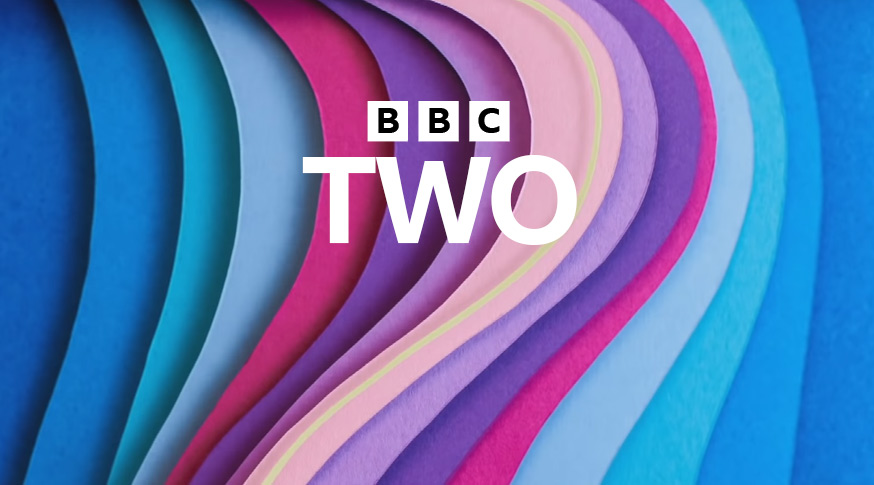The Nilsen Files is a new take on London murderer Dennis Nilsen.
Following on from Wall To Wall Media’s Bafta-winning Yorkshire Ripper Files and The Shipman Files, filmmaker Michael Ogden will re-examine the case of Dennis Nilsen, convicted in 1983 for the murders of six young men.
Focusing on the lives of the victims, he’ll ask why, 40 years on, they remain just a footnote in this terrible case. Michael will explore not just who these boys and young men were, but also how attitudes at the time allowed their disappearance and murders to be overlooked.
Re-examining one of the biggest murder investigations in Met Police history, the series explores whether prejudice led to multiple missed opportunities to apprehend Nilsen. The three-part series will air on BBC Two from Monday 24th January. The series will be stripped across the week and all episodes will be available on iPlayer from 24th January.
In the first edition, the programme heads back to February 1983; a blocked drain accidentally reveals the shocking crimes of the serial killer, Dennis Nilsen, and launches one of the biggest murder investigations in Metropolitan Police history. On arrest, Nilsen confesses that not only has he killed three men, whose body parts have been found in his Muswell Hill flat, but he also has in fact murdered up to sixteen young men over a period of five years.
Investigating his claims, they expand their search from Nilsen’s flat in Muswell Hill, to his previous property in Cricklewood. As detectives begin the painstaking process of identifying the remains, his confession takes the case from the suburbs of North London, to Piccadilly and Soho in the heart of London’s West End. In interview, Nilsen claims that his victims were mostly homeless and that many were young men involved in prostitution, who he picked up in pubs or on central London streets, taking them home to his flat, where he murdered them.
But in order to charge Nilsen and convict him of murder, detectives need to identify victims. 3 days into the investigation, they have a breakthrough – forensic results reveal a fingerprint on a leather jacket, which leads to the identity of a young homeless man, 20-year-old Stephen Sinclair. Stephen’s troubled life fits perfectly with the profile of the victims given to detectives by Nilsen and within days of Nilsen’s arrest, the press is reporting that, the victims, they are ‘down and outs’, ‘rent boys’ and ‘drifters’ – even though only one victim has so far been identified.
As detectives continue to interview Nilsen and cross-reference his descriptions of the young men he says he’s murdered with records of missing people, they are able to make more identifications and a picture forms of the victims: vulnerable, homeless young men, many of whom it’s said were involved in prostitution.
But in this episode, as Ogden looks back at the archive and interviews former detectives, journalists and volunteers who worked with the young homeless in London he discovers a very different picture that reveals the way in which this whole case has been misunderstood.
Speaking to Hattie Llewelyn-Davies, who worked in an advice centre for young homeless people, Ogden discovers that that Hattie knew Stephen Sinclair well. Her account of Stephen as a funny, lively and hopeful young man is in contrast to all of those in the media at the time, that portray his tragic death as if it were somehow inevitable for a boy like him.
As the next victims are identified as the investigation continues, Ogden finds a pattern, both Martyn Duffey and Billy Sutherland, rather than being forgotten ‘down and outs’ or ‘drifters’ had been reported missing by their worried parents who had searched for them for years until they were finally told that their sons were amongst Nilsen’s victims.
Piecing together these untold stories, Ogden discovers how much of the narrative of this case relies on the account of the killer himself, something that has obscured the prejudice and assumptions that are in fact the key to understanding how 16 young men could disappear from the nation’s capital without anyone seeming to raise the alarm.
Looking back at the coverage of the case, Ogden sees how the discovery of a gay serial killer who had murdered up to 16 young men made headline news, Nilsen’s sexuality and this aspect of the case was treated as almost too awful to fully explain. In 1983, it was still a libellous offence to claim that someone was gay. So, whilst Nilsen’s sexuality was described with hints and innuendos, Ogden finds that when it came to his victims, it was if they had endangered and degraded themselves by association with a gay man and so they were afforded little sympathy or interest.
Finally, Ogden uncovers an untold story about the murder of Canadian tourist, Kenneth Ockenden, who disappeared in December 1979. Often referred to as Nilsen’s ‘straight’ mistake, but Hattie Llewellyn-Davies tells Ogden, that, she also knew Kenneth Ockenden, as he came to her advice centre asking about “survival skills” something that many young gay men often did. Hattie tells Ogden that she was surprised to see how Kenneth was described when he was named as a victim.
Ogden finds detective Roy Davies who originally looked into Ken’s disappearance in 1979, he explains that he discovered that Ken had met other men in pubs and had gone home with them on two occasions. But when Roy reported his discoveries Ken’s father was upset and Ogden finds no evidence that this aspect of Ken’s life was explored, as Nilsen detectives remain adamant that Ken was definitely straight.
Whatever the truth about Ken’s sexuality, Ogden is left wondering whether in an era of homophobia, the leads discovered by Roy Davies, were ignored. Ogden asks, is it possible that protecting Ken’s reputation from the slur of being gay stopped police from following up leads that might have led them to Nilsen, a regular in many of London’s gay pubs?
Episode Two details

















